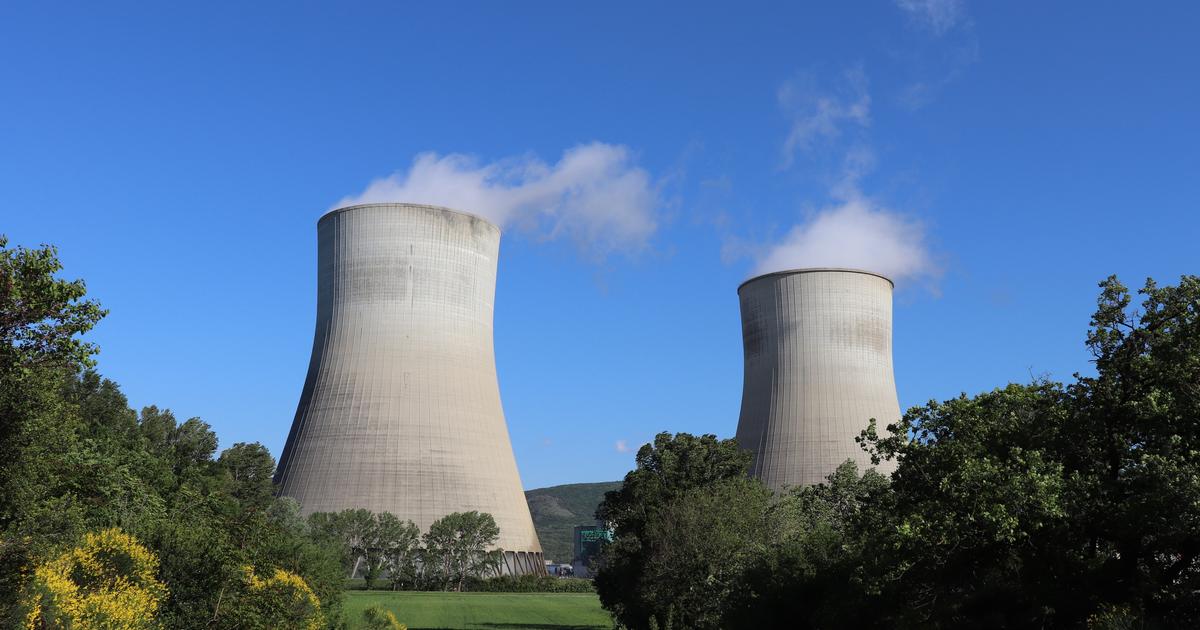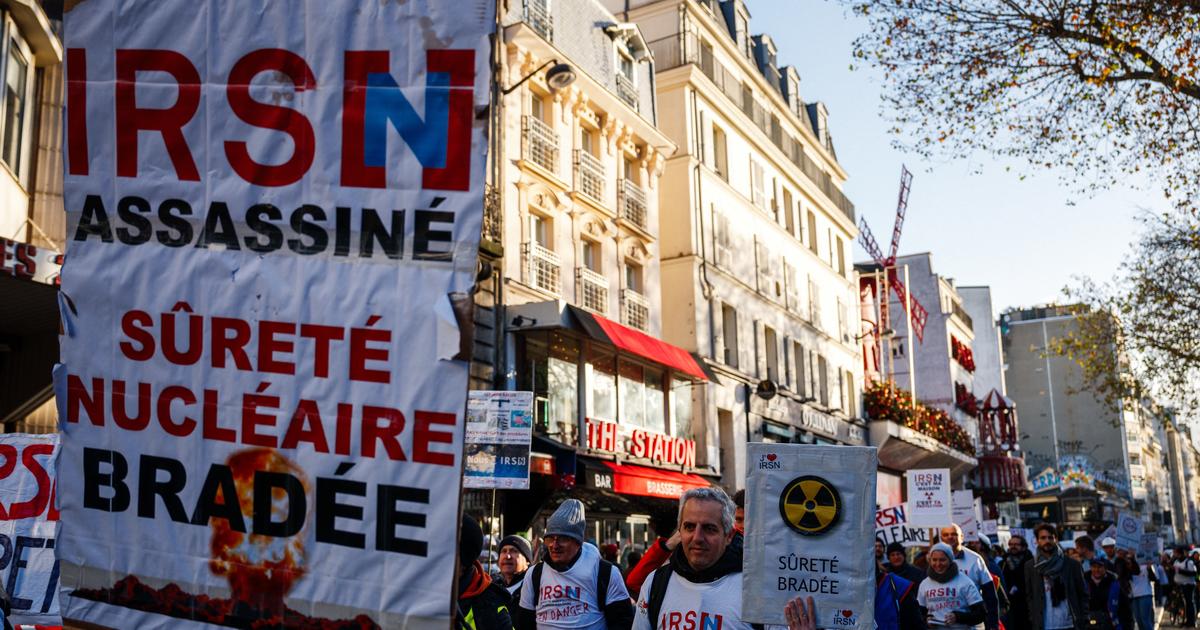The nuclear acceleration law aims to speed up the procedures for building new nuclear power plants!
This may sound like a truism, but the government's first objective is to facilitate the construction of new facilities by reducing administrative constraints - applications for building permits, review of appeals... Agnès Pannier-Runacher, Minister for the Transition energy, has constantly repeated that it is a "technical text", aimed at setting a framework.
And in no case of a text prefiguring the French energy choices.
Which is no longer entirely true.
The senators added points, relating in particular to the share of nuclear power in the production of electricity in France.
Here are the main principles.
To discover
LIVE - Pension reform: Emmanuel Macron on TF1 and France 2 Wednesday at 1 p.m.
Read alsoBernard Accoyer: "The text on the revival of nuclear power is not up to par"
Simplify administrative procedures
First of all, the text concerns projects for new nuclear reactors near existing sites.
In order to simplify existing procedures, it provides for several dispensations and derogations.
These include, for example, an exemption from building permits, expropriation measures in the event of failure of amicable acquisitions, or even a derogation from the coastal law (article 5) near on-board power stations existing seas.
A measure that worries many, especially environmentalists.
The promoters of this text want them to be reassuring, arguing that EDF's land reserves are sufficient to accommodate new reactors near existing plants.
Accelerate the start of preparatory work
The bill specifies that the preparatory work may begin after obtaining the environmental authorization (article 4) and after the public inquiry.
No need therefore to have lifted all the administrative brakes to start construction.
The goal is to win at least two years.
Nevertheless, work on
the "nuclear island" and the "safety auxiliaries"
cannot start "
before the authorization to create the nuclear installation after the investigation by the Nuclear Safety Authority and the public inquiry
», Specifies the French Nuclear Energy Company (Sfen).
Read alsoEDF is accelerating the repair of its nuclear power plants
Extension of existing plants
This law also provides for reversing the definitive closure of a basic nuclear installation which has ceased to operate for two years (for example due to operational difficulties) by a procedure involving a closure decree (article 10).
The texts in force stipulate that after two years, the shutdown of a plant becomes final.
Finally, the text “
strengthens public participation and simplifies the procedure
” for the periodic review of reactors over 35 years old.
Senators' Amendments
In particular, the Senate deleted from the text the reference to a merger between the nuclear safety authority (ASN) and the Institute for Radiation Protection and Nuclear Safety (IRSN).
This rapprochement between the two institutions was wanted by the government, which saw it as a guarantee of efficiency and independence, when its detractors denounce a loss of independence of the IRSN and fear a reduction in the resources allocated to these entities.
The National Assembly should however reintroduce this provision.
The Senators also had an amendment added which plans to maintain the share of nuclear power in electricity production at more than 50% by 2050, putting an end to this threshold, set in 2016 by François Hollande and which should have been reached in 2025. Currently more than 60% of French electricity production comes from nuclear power.
It also plans to decarbonize the electricity mix, up to 100%, as well as the energy mix, up to 50%, by 2030. One of the other amendments that appeared in the Senate plans to reach installed production capacities of at least 6.5 gigawatts of carbon-free hydrogen produced by electrolysis by 2030.









